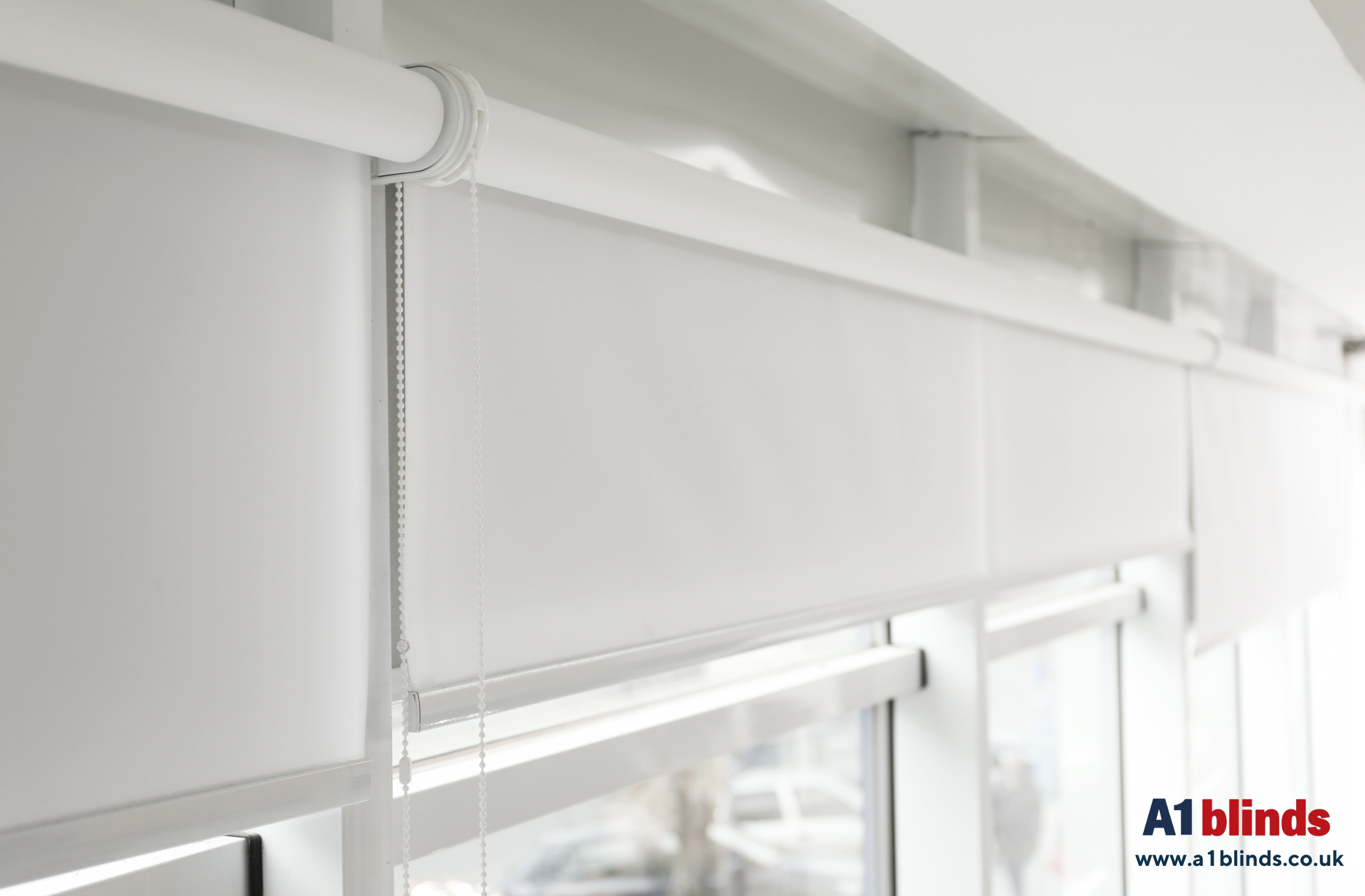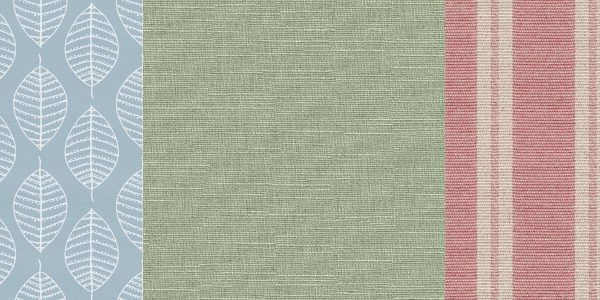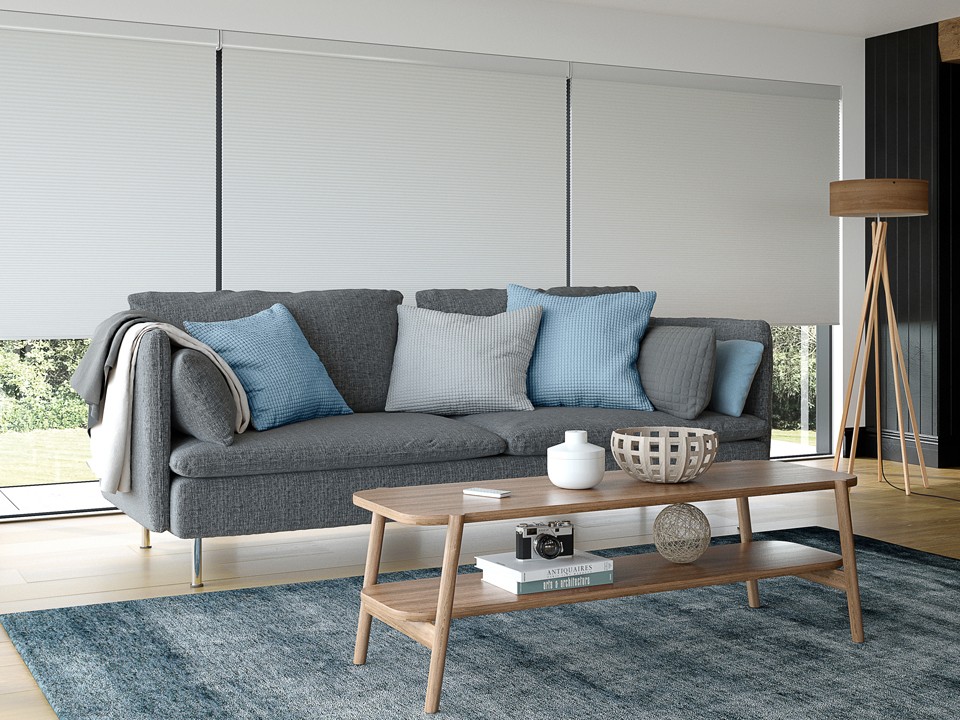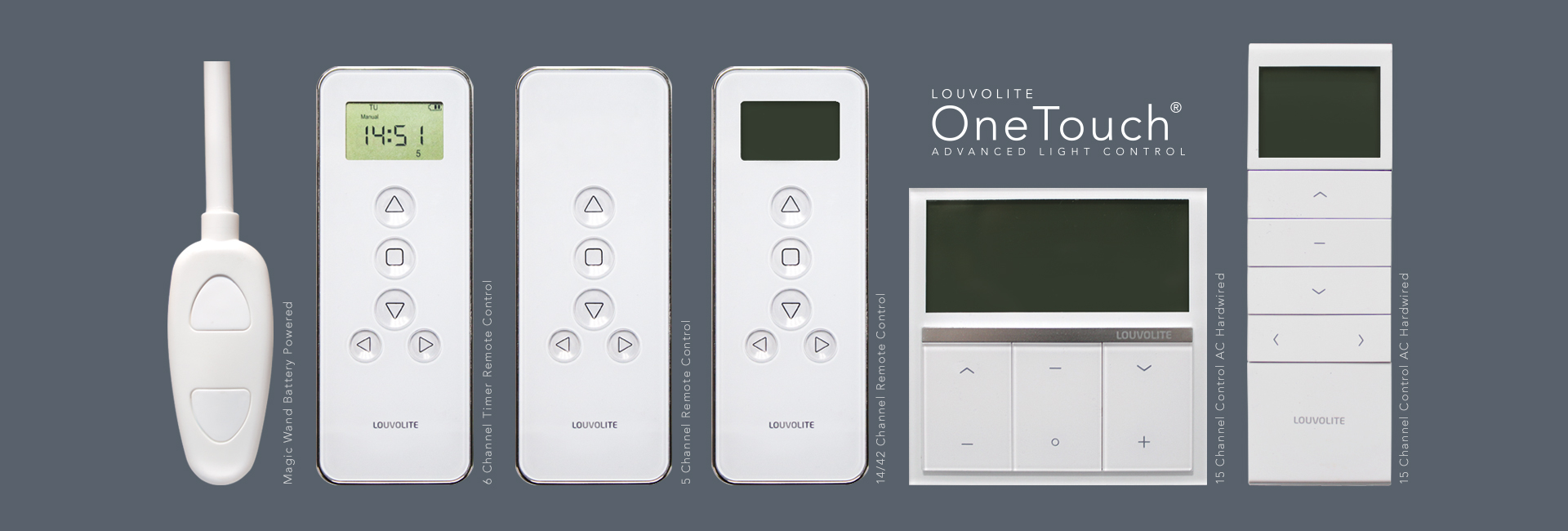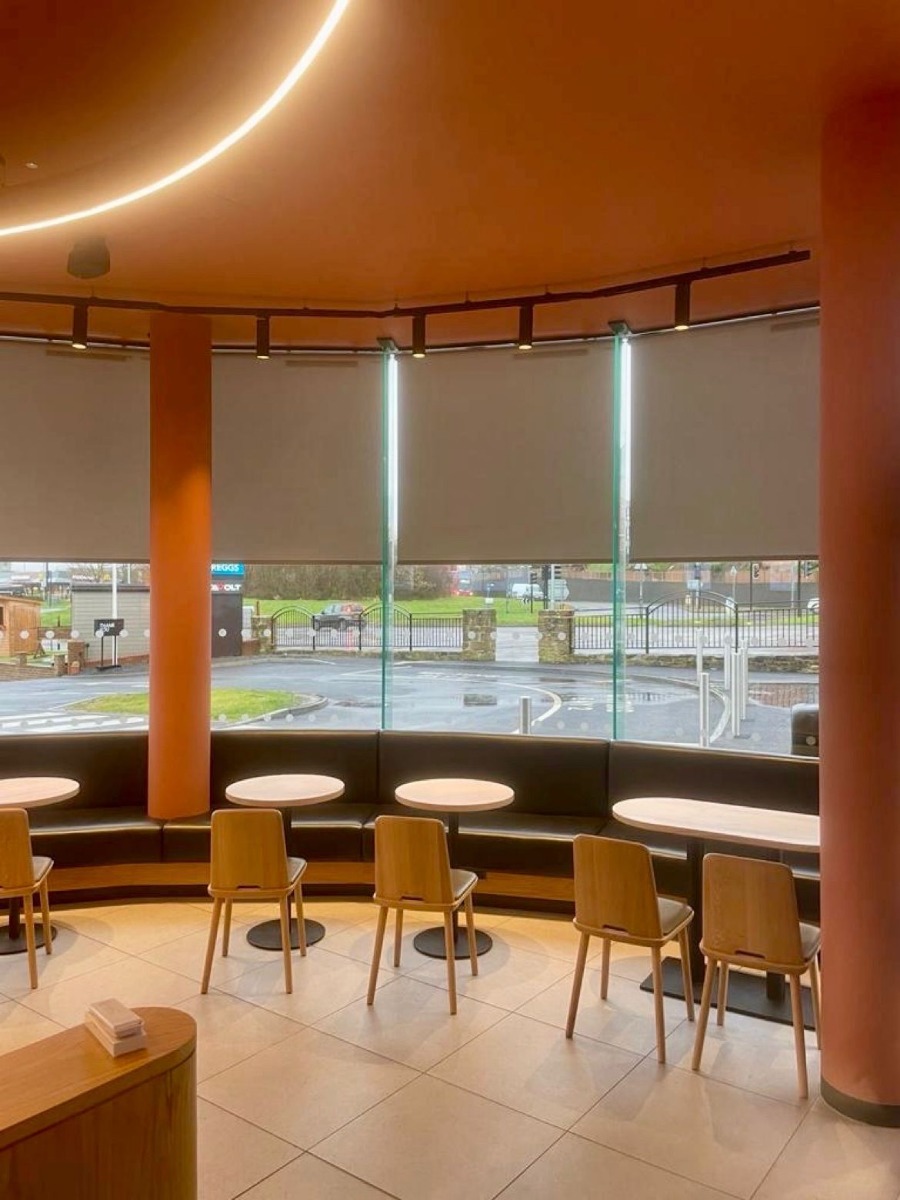When it comes to healthcare settings, the importance of cleanliness and hygiene cannot be overstated. Maintaining a sterile and germ-free environment is crucial to patient safety and the prevention of infections. One innovative solution that has been gaining traction in recent years is antimicrobial blinds. These blinds are specially designed to combat the spread of harmful micro-organisms, making them an invaluable addition to healthcare facilities.
Controlling the Spread of Infections
Healthcare-associated infections (HAIs) pose a significant threat to patients and healthcare providers alike. One of the primary routes of infection transmission is through contaminated surfaces, including traditional window blinds. Antimicrobial blinds are specifically engineered to inhibit the growth and spread of microorganisms such as bacteria, viruses, and fungi. This proactive approach reduces the risk of infections and contributes to a safer healthcare environment.
Durability and Longevity
Regular blinds can accumulate dirt, dust, and germs over time, leading to a higher maintenance burden. Antimicrobial blinds, on the other hand, are designed to withstand harsh cleaning agents and frequent cleaning without losing their antimicrobial properties. This durability not only reduces maintenance costs but also ensures that the blinds remain effective in inhibiting microbial growth for the long term.
Enhanced Patient Experience
In healthcare facilities, patient comfort and well-being are top priorities. Antimicrobial blinds not only contribute to infection prevention but also improve the overall patient experience. Patients and their families can have peace of mind knowing that the environment is designed with their health and safety in mind. The aesthetically pleasing design of these blinds also adds a touch of modernity to healthcare spaces.
Regulatory Compliance
Healthcare facilities are subject to stringent regulatory requirements to maintain high standards of cleanliness and hygiene. Antimicrobial blinds can help healthcare organisations meet and exceed these requirements. By investing in such advanced infection control measures, healthcare providers demonstrate their commitment to patient safety and adherence to industry standards.
Cost-Efficiency
While antimicrobial blinds may have a slightly higher initial cost compared to traditional blinds, they provide significant cost savings in the long run. Reduced maintenance, fewer replacements, and the prevention of costly outbreaks all contribute to a positive return on investment for healthcare institutions.
Versatile Applications
Antimicrobial blinds are not limited to patient rooms; they can be used in various areas within a healthcare facility, including waiting rooms, surgical suites, laboratories, and even administrative spaces. Their versatility ensures that every corner of the healthcare environment can benefit from enhanced infection control.
In the healthcare sector, where patient well-being is paramount, the integration of innovative technologies is crucial. Antimicrobial blinds are a prime example of how simple yet effective solutions can have a profound impact on infection control and patient safety. As healthcare facilities continue to adapt and evolve, antimicrobial blinds are becoming an essential tool in the fight against healthcare-associated infections. Their ability to inhibit the growth and spread of harmful microorganisms, along with their durability, cost-efficiency, and versatility, makes them a valuable asset in any healthcare setting. By embracing these advanced blinds, healthcare providers are not only protecting their patients but also setting a new standard of excellence in hygiene and infection control.

